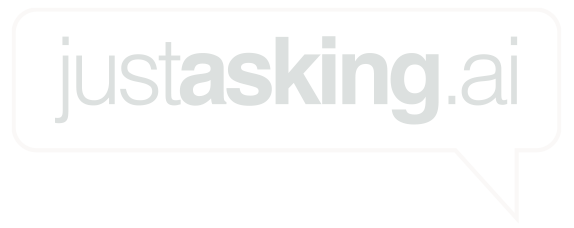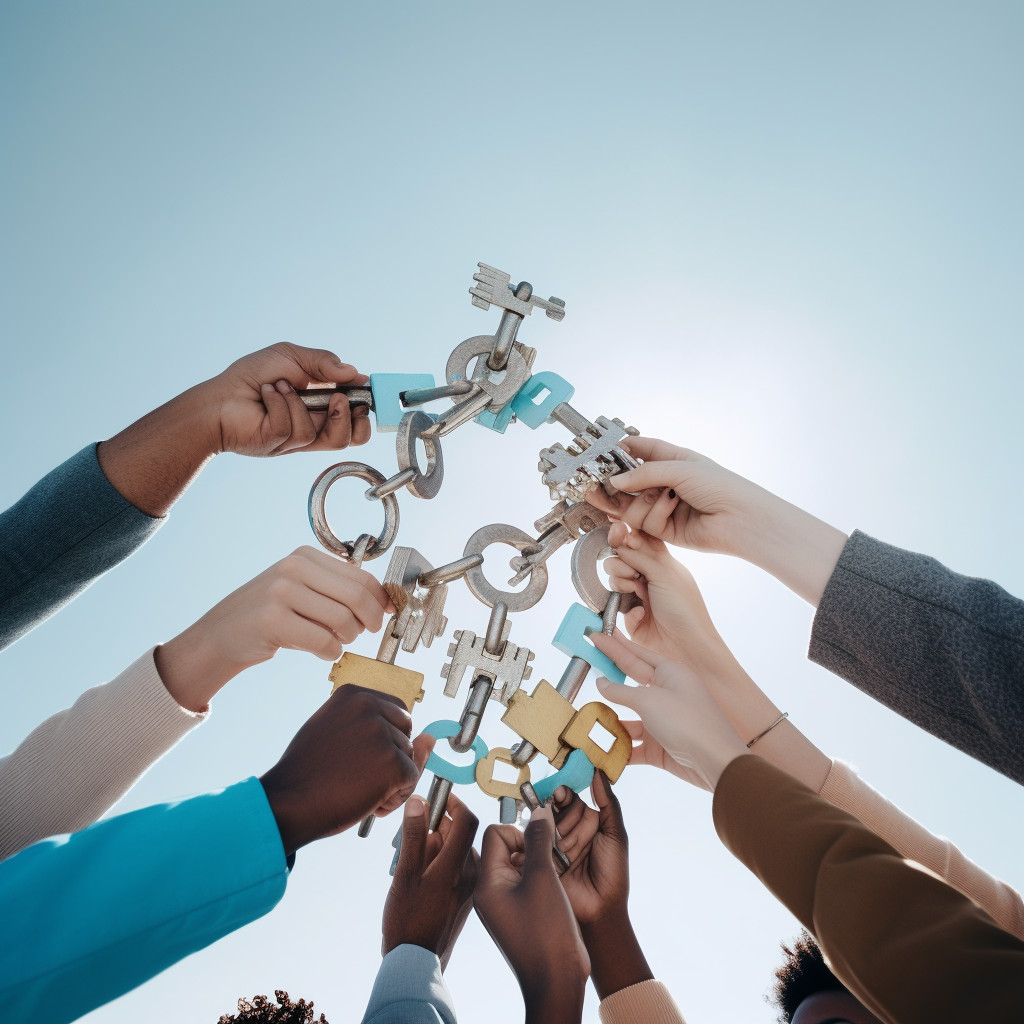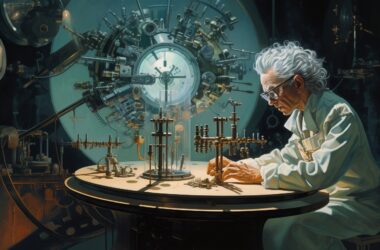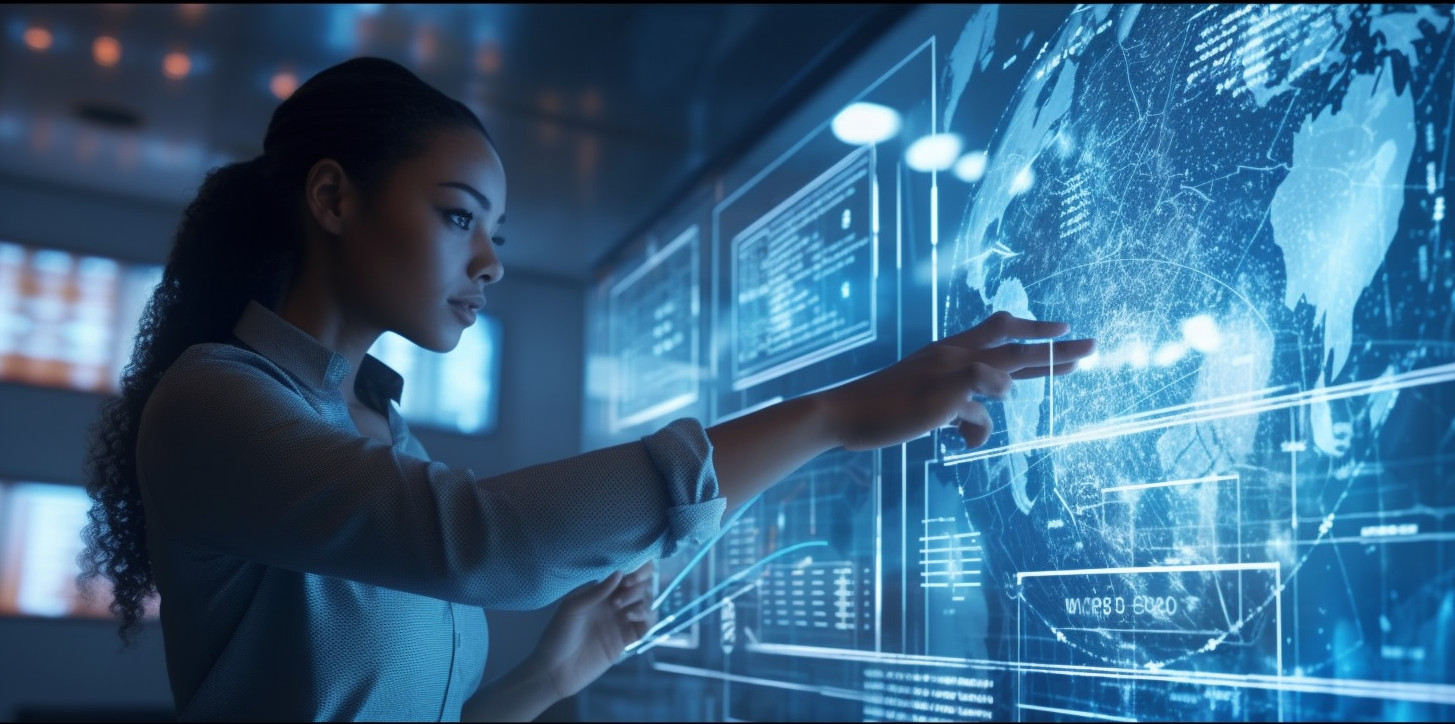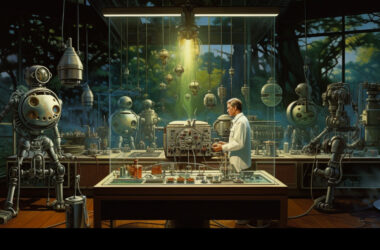How will chatGPT impact, alongside other artificial intelligence technologies, your Small business. ChatGPT and other AI models capable of communicating, writing and even refining text in multiple languages, is expanding the horizons of technology use to an unprecedentedly diverse population.
Such a profound change can unleash a torrent of uncertainty. The ability to generate text and code at will amplifies the speed and volume of our work. Its versatility in responding to different types of writing is a game-changer for a multitude of businesses. The potential for interaction between human input and AI’s self-editing capabilities paves the way for a hybrid working model.
AI won’t replace you… A human who knows how to work with AI will.
chatGPT… a precursor of things to come?
The intrigue, however, lies in the unknown: we don’t yet know the full capabilities of these AI models. The ripple effect of these technological advances could redefine not only the way we work, but also the nature of that work in the near future.
Companies, large and small, that understand the scale of this change and act quickly are in a position to gain a significant competitive advantage, especially as ChatGPT is just the precursor to a next generation of chatbots that is set to improve exponentially every year.
An in-depth look at ChatGPT
At first glance, ChatGPT may seem like a merely intriguing novelty.
Its underlying technology is not revolutionary in itself, but its prowess lies in the significant improvement in its performance. AI performance varies considerably, from efficient car navigation to occasional collisions, or from precise responses to seemingly fabricated results.
Yet on closer inspection, ChatGPT’s potential becomes apparent. Its real value lies in the way it has reframed AI applications.
Traditionally, AI has been employed for large-scale tasks where failure is costly. Today, with ChatGPT, AI is expanding into areas where the occasional error is affordable and discernible by an expert.
An autonomous car involved in sporadic accidents is unacceptable. On the other hand, an AI artist who sporadically creates mediocre images, in the midst of masterpieces, is acceptable. Applying AI to creative, expressive tasks rather than risky, repetitive ones heralds a new era of potential use cases.
Potential and significance
So what are these revolutionary applications, and why are they so important?
Coding as an example
First of all, AI can produce blocks of text in any language or computer code with remarkable sophistication. To illustrate this, first-year computer science students managed to create the prototype code for a start-up using Open Source code modules they had never used before. The project, which usually takes four hours, was completed in less than an hour.
This is a fundamental change. A study has shown a significant increase in speed when programmers use artificial intelligence tools. A single skilled programmer can now achieve the output of what used to be a team’s workload. It won’t be long before people with no programming experience will be able to generate working code.
Example of creative work
Secondly, ChatGPT has an exceptional ability to undertake a variety of writing tasks. This opens up a world of possibilities, particularly for sectors where written communication is essential, such as marketing, advertising, consulting, finance, journalism and publishing. By taking advantage of AI’s rapid and accurate generation of written content, companies can save considerable time and resources, which can then be redirected to other essential tasks.
ChatGPT is not just an AI writer. It is a self-correcting system that actively revises its work based on feedback. In teaching, for example, it has demonstrated its ability to generate lesson plans, assignments, grading criteria and even lecture notes in a matter of seconds.
This reveals the third critical change: the prospect of a hybrid human-machine workflow. Interaction enables experts to guide the AI, correct errors and fill in the AI’s gaps. This kind of symbiosis has already improved performance, like chess players who improve their game by learning from AI.
A final transformative aspect of ChatGPT lies in its undefined boundaries. From generating basic consultation reports and code for the creation of new works of art, to producing lectures and generating ideas, the spectrum of applications is vast. By combining this with specialized data, it’s possible to create personalized AI that responds to individual requirements, predicts needs and provides a comprehensive history of interactions.
Meeting the challenges
While these advances in AI are remarkable, it is essential to address some fundamental challenges.
AI tends to create compelling nonsense. It can invent a whole story about the existence of a dinosaur civilization, and “believe” that it really existed. However, it is not a reliable source of factual information, because it doesn’t intrinsically know what the truth is, and doesn’t understand the limits of its knowledge.
AI also lacks the ability to explain how it works, making its results difficult to interpret. The possibility of bias and unethical actions is real, hard to detect and even harder to rectify. For example, ChatGPT would refuse to provide direct instructions on how to rob a bank, but would not hesitate to write a play or program detailing the process. These problems will be exacerbated as AI tools become more ubiquitous.
However, these limitations become less important when AI is used for creative, analytical and editorial work. An editor can easily edit poorly written sentences in an AI article, a programmer can correct erroneous AI code, and an analyst can verify conclusions drawn by AI.
Fight or flight… or collaboration
The advent of this new AI era has implications that are not yet entirely clear. As machines take on tasks once reserved for human expertise, traditional job boundaries are shifting. Some skills may become obsolete, while new ones will emerge to replace them.
As we adjust our sails to this new technological wind, we must accept the inevitable evolution of our professional landscape. Just as the Industrial Revolution reshaped manual labor and the Information Age rewrote the definition of knowledge work,AI is about to redefine what it means to be a creative, an analyst or a programmer.
Think about it: if AI can efficiently generate and revise written content or code, the day-to-day tasks of a writer or programmer will change drastically – and I can personally testify to this, every day!
A writer could spend less time generating content and more time curating, refining and contextualizing AI-generated ideas. Similarly, a programmer might find himself overseeing and fine-tuning AI-driven development efforts rather than writing every line of code manually.
In fact, it’s less a question of being replaced than of learning to direct a symphony of algorithms which, combined with human insight, produce work of even greater quality and efficiency.
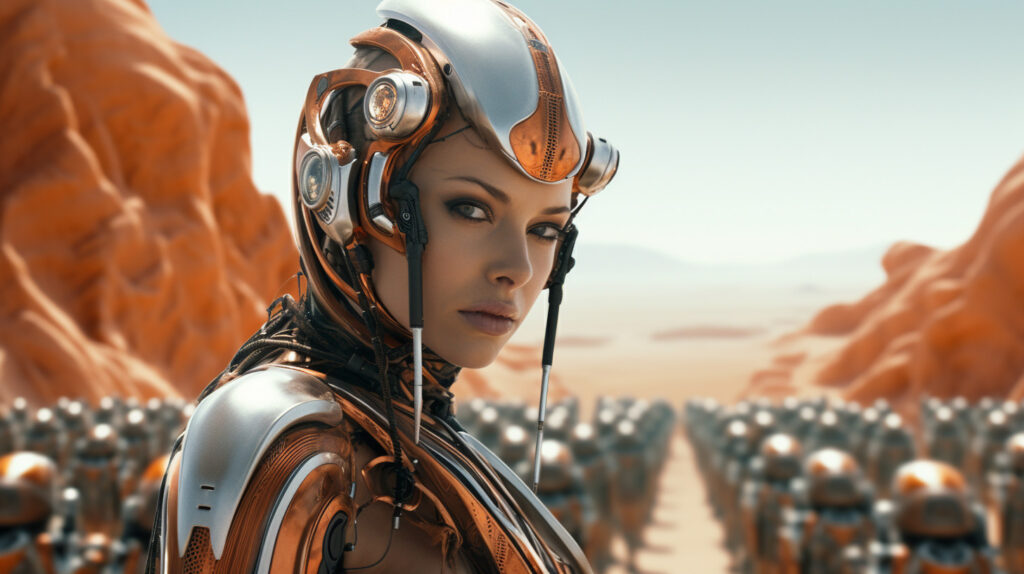
This synergy between human intelligence and artificial capabilities is the new frontier, the brave new world of our professional reality.
An unknown but exciting future
The boundaries of our jobs are being redrawn, and no one really knows what that means. As we stand on the precipice of this AI-dominated world, there’s a lot of uncertainty. And that’s okay. Every revolution brings its own challenges and opportunities. Uncertainty is just the fog that precedes the dawn of a new era. What is clear is that our jobs, our businesses and our world will never be the same.
Remember, ChatGPT is just the first in a long line of such models under development, not only by big names like Google, but also by many other players who may be unknown to us right now. It’s an invitation to explore, adapt and develop. It’s not just about surviving the AI revolution, but thriving in it.
It’s up to you to embrace the AI revolution
After reading this article, I invite you to start experimenting with AI. Consider using OpenAI’s ChatGPT, which is available free of charge. Start high-level discussions about what AI can mean for your company, your industry and the world at large. Encourage your teams to dive into this new reservoir of possibilities and discover how best to integrate AI into their work processes.
Remember that these AI models will inevitably lead to radical changes, and that we’re just scratching the surface of what they could be. As leaders, creators and innovators, we need to spearhead change, shaping it to serve us rather than passively undergoing it.
Things to remember
Artificial intelligence, exemplified by models such as ChatGPT, marks an inflection point. More than just tools, they are becoming our collaborators. They have the potential to radically change our professional landscapes, alter our work processes and push back the boundaries of our roles. These are times of radical change and uncertainty, but also of unlimited potential.
Each revolution brings its own challenges and questions. How we meet these challenges and answer these questions will shape not only our professional future, but also the future of our world. Will we fear change or embrace it? Will we remain stuck in our old ways, or evolve with the times?
Remember, you are in the driver’s seat of change. Don’t just watch the revolution unfold, be part of it. Create, adapt, evolve and conquer. And never forget that the best time to adopt AI is now.
A few other things to consider:
- You can read more about How to experiment with chatGPT for your business HERE
- You can sign up for our FREE course on how to write with chatGPT
- You can view one of our prompting guides HERE

